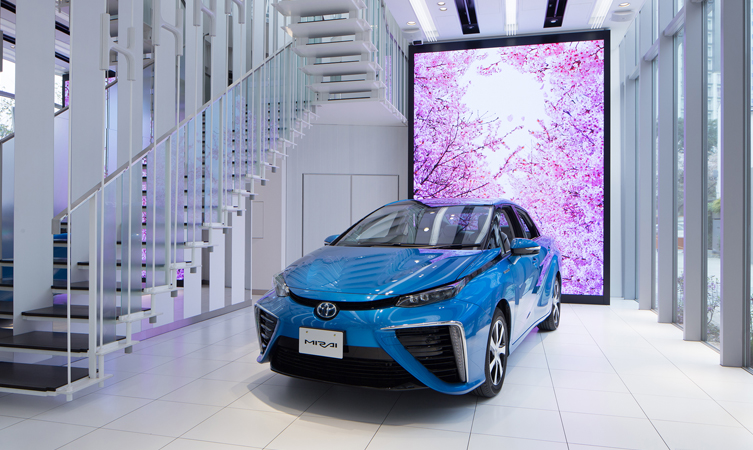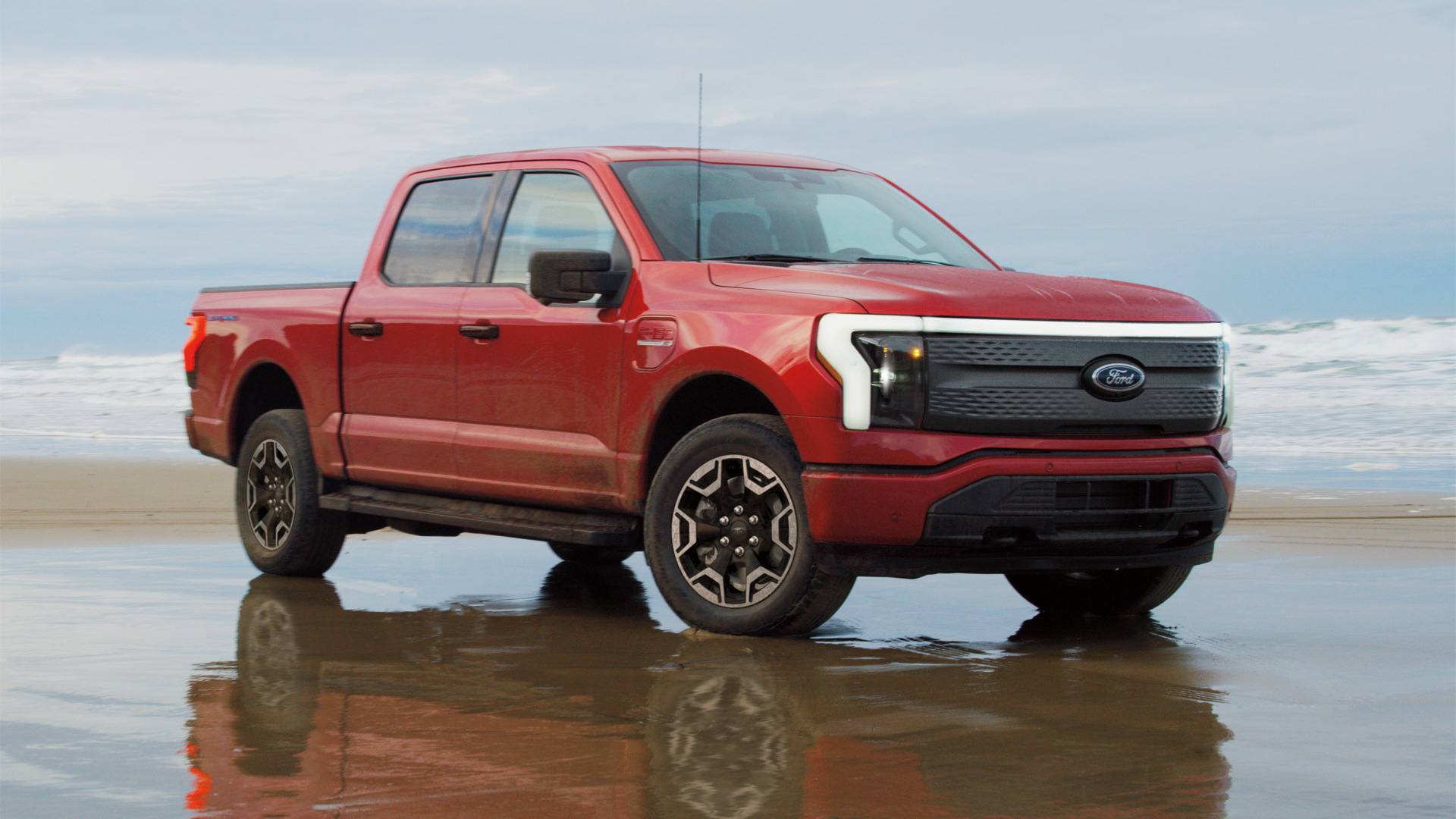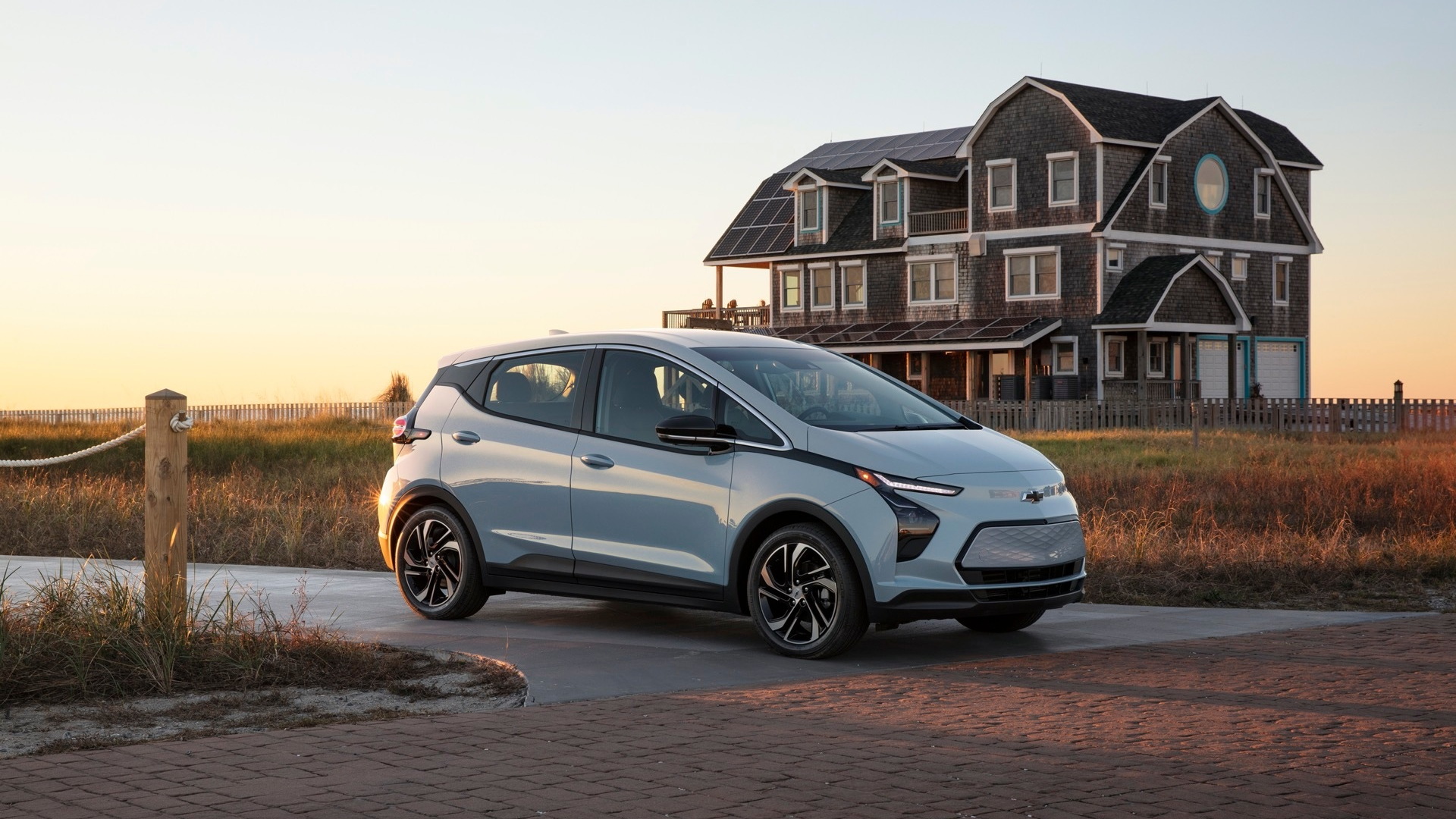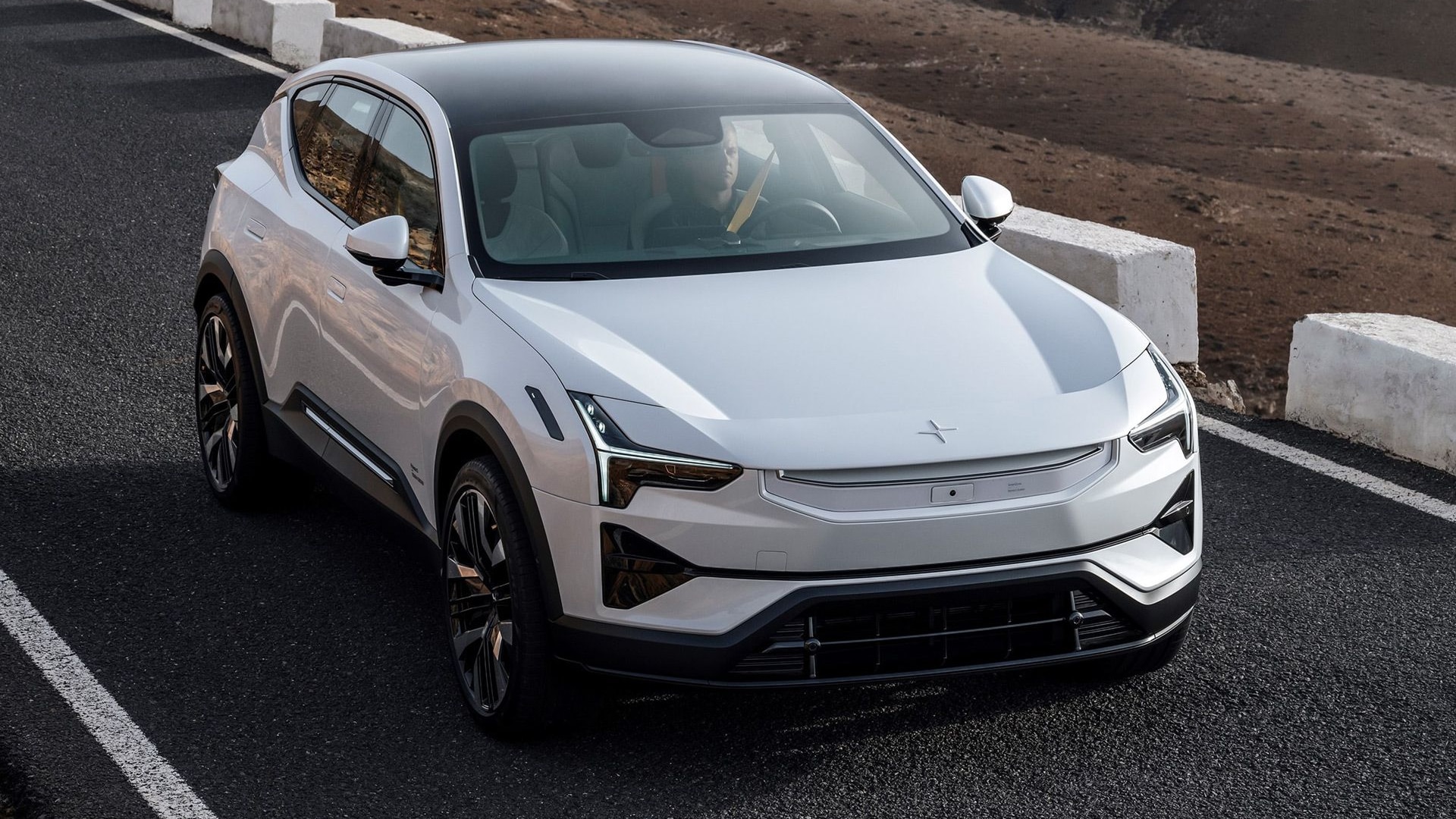The town of Titusville, Pennsylvania, considers itself the birthplace of the oil industry.
After locals struck crude near the appropriately-named Oil Creek, what is now viewed as the first commercial oil well was dug there.
Locals began pumping oil out of the ground in 1859--and the rest, as they say, is history.
DON'T MISS: 10 Questions On Hydrogen Fuel-Cell Cars To Ask Toyota, Honda & Hyundai (Oct 2014)
More than 150 years later, Toyota thought Oil Creek would make the perfect backdrop to promote its upcoming 2016 Mirai hydrogen fuel-cell car.
The carmaker released the second video in its "Fueled By Everything" series, which seeks to demonstrate the myriad ways hydrogen can be extracted from the environment.
It called on filmmakers T.J. Martin and Dan Lindsay to make a short video about electrolysis--the process by which hydrogen is separated from water.

2016 Toyota Mirai hydrogen fuel-cell car, Newport Beach, CA, Nov 2014
And Toyota's advertising agency thought it would be a great idea to get that water from Oil Creek. Because subtlety is overrated, apparently.
The video shows a chemical engineer pumping water out of the creek, observed by a class of Titusville high-school students.
According to the video, 150 gallons was collected for the demonstration. Toyota says that volume of water can provide enough hydrogen to fill the tanks of 12 Mirai fuel-cell sedans.
ALSO SEE: 2016 Toyota Mirai: First Drive Of Hydrogen Fuel-Cell Sedan (Dec 2014)
The video is the latest in a series showing potentially renewable sources of hydrogen--perhaps intended to address questions relating to the availability and carbon footprint of hydrogen as a vehicle fuel.
Toyota previously tapped Super Size Me director Morgan Spurlock to make a video about how hydrogen can be refined from manure.
Both videos are meant to demonstrate that there are multiple sources of hydrogen to fuel the mass adoption of fuel-cell cars--while maintaining low overall carbon emissions.

Toyota Mirai showroom and hydrogen fueling station, Tokyo, Japan, May 2015
The well-to-wheels carbon footprint of fuel-cell cars generally appears to be worse than that of battery-electric cars, assuming the same grid source for both.
That's because it takes a large amount of energy to extract hydrogen atoms from the other elements and compounds they typically bind to.
And generating electricity to create hydrogen that is later used in fuel cells to produce electricity that powers the wheels is inherently less efficient than using it directly to recharge a battery.
MORE: Low-Volume Assembly Line For Toyota Mirai Hydrogen Fuel-Cell Car
Nonetheless, Toyota is expected to continue aggressively marketing fuel cells as its preferable alternative to battery-electric cars.
The company believes the Mirai's long range and faster refueling times--3 to 10 minutes, hydrogen advocates promise--make it the better choice.
We've had 150 years to assess the impact of oil on our lives, economies, politics, and environment; it might be interesting to see how history assesses the Mirai 150 years from now.
_______________________________________________












